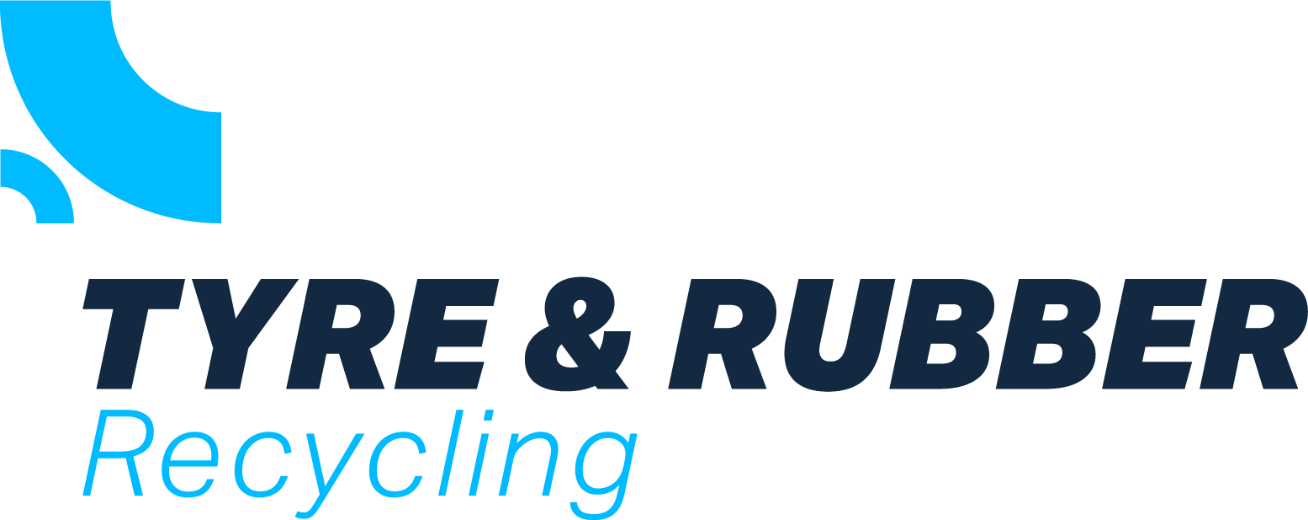Evonik wants to help make rubber materials from scrap tyres easier to re-use in the manufacture of new automobile tyres
So far, the suitability of recycled rubber has been very limited because its chemical structure hampers interaction with new tyre materials. A team of researchers at Evonik has now made a key step forward with a process that could make it possible to use up to four times as much recycled rubber in new tyres as in the past. “That brings us much closer to the key targets of sustainability and resource efficiency in this sector,” says Christian Mani, Project Manager Circularity at Evonik.
New tyre rubber is normally produced by vulcanization of raw rubber, sulphur, and other components. When heat and pressure are applied, the sulphur forms bonds with the long carbon chains in the rubber, resulting in a robust, three-dimensional network. That is also the structure of ground tyre rubber from end-of-life-tyres. However, since the material has already been vulcanised, its properties differ from those of non-vulcanised rubber. Currently, manufacturers therefore set an admixture of about 5 per cent ground tire rubber from end-of-life-tyres as the upper limit.
Consequently, only small amounts of recycled rubber powder are re-used in the manufacture of new automobile tyres at present. The majority of the recycled rubber is used, for example, in the production of protective elements for playgrounds and running tracks. In addition, many end-of-life-tyres still undergo thermal reprocessing as fuels for energy generation. However, Mani is sure; “Rubber is far too valuable a raw material to be used only once in tyres. We want to incorporate it into a circular system.” He and his team of researchers have now succeeded in reversing the vulcanisation of rubber to a large extent. “By adding a special formulation containing vinyl silanes, the firm bonds in the recycled rubber can be split. We cleave the sulphur bridges in the rubber, yet leave as many of the long carbon chains as possible untouched,” explains Mani.
The research team has already used these vinyl silanes successfully for devulcanisation. In trials, the proportion of recyclate in the rubber blend could be increased to up to 20 per cent—compared with the technical threshold of around 5 per cent currently set as a limit.
Evonik is now heading for the next milestones with test series and trials. The aim is to find a solution that customers could use in industrial production in the foreseeable future. “Ultimately, our approach must prove convincing on a large, commercial scale,” says Mani.


















